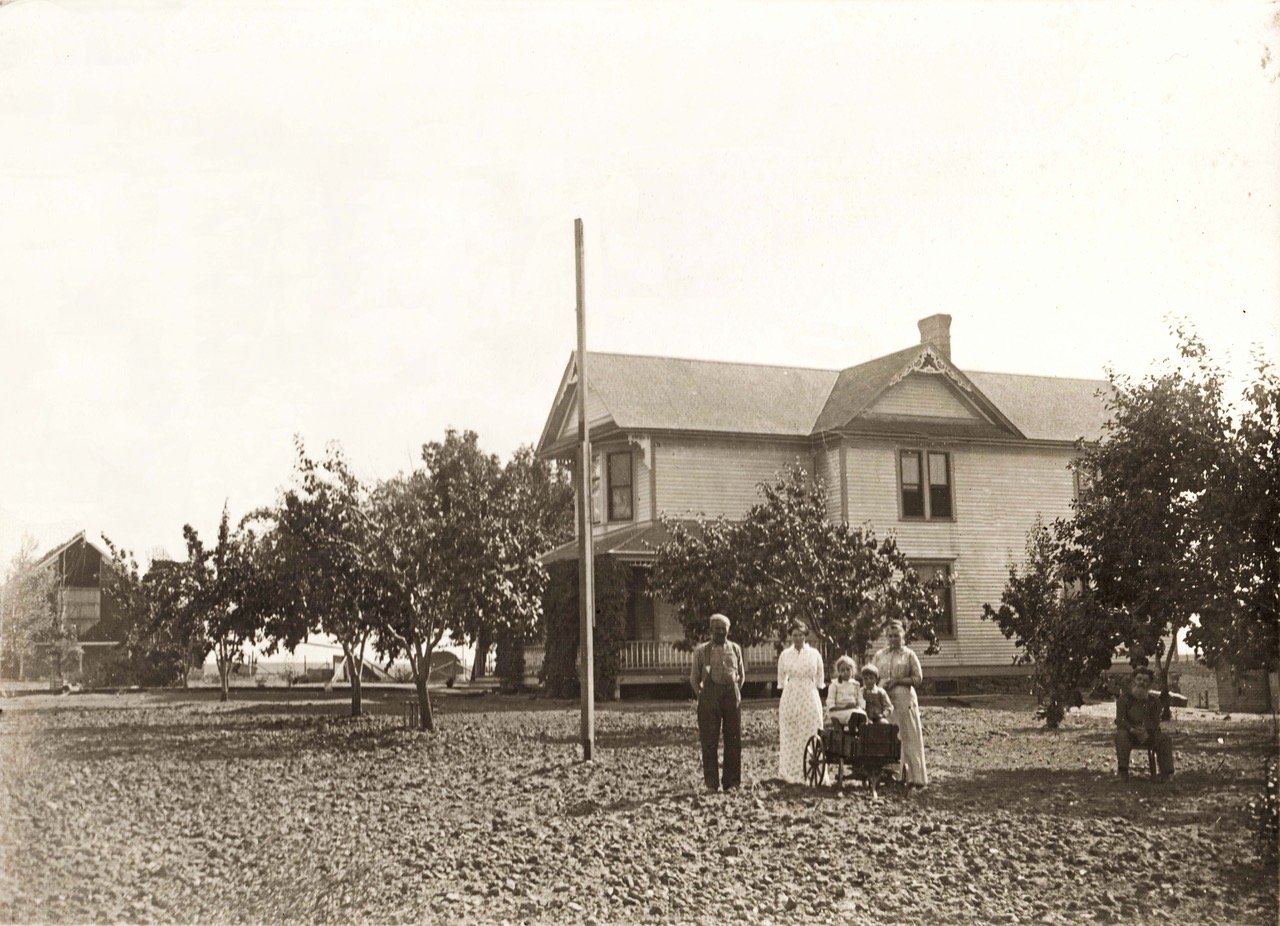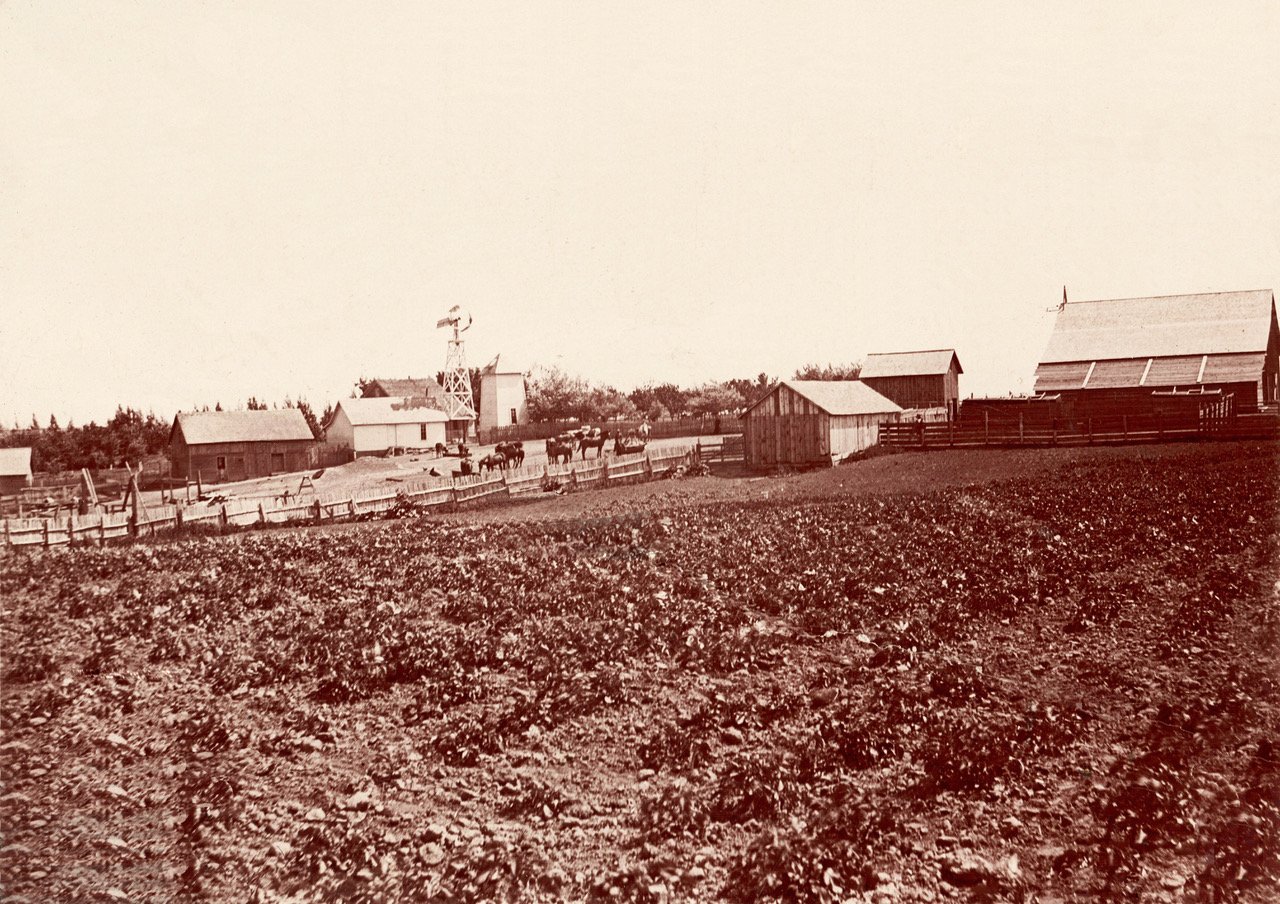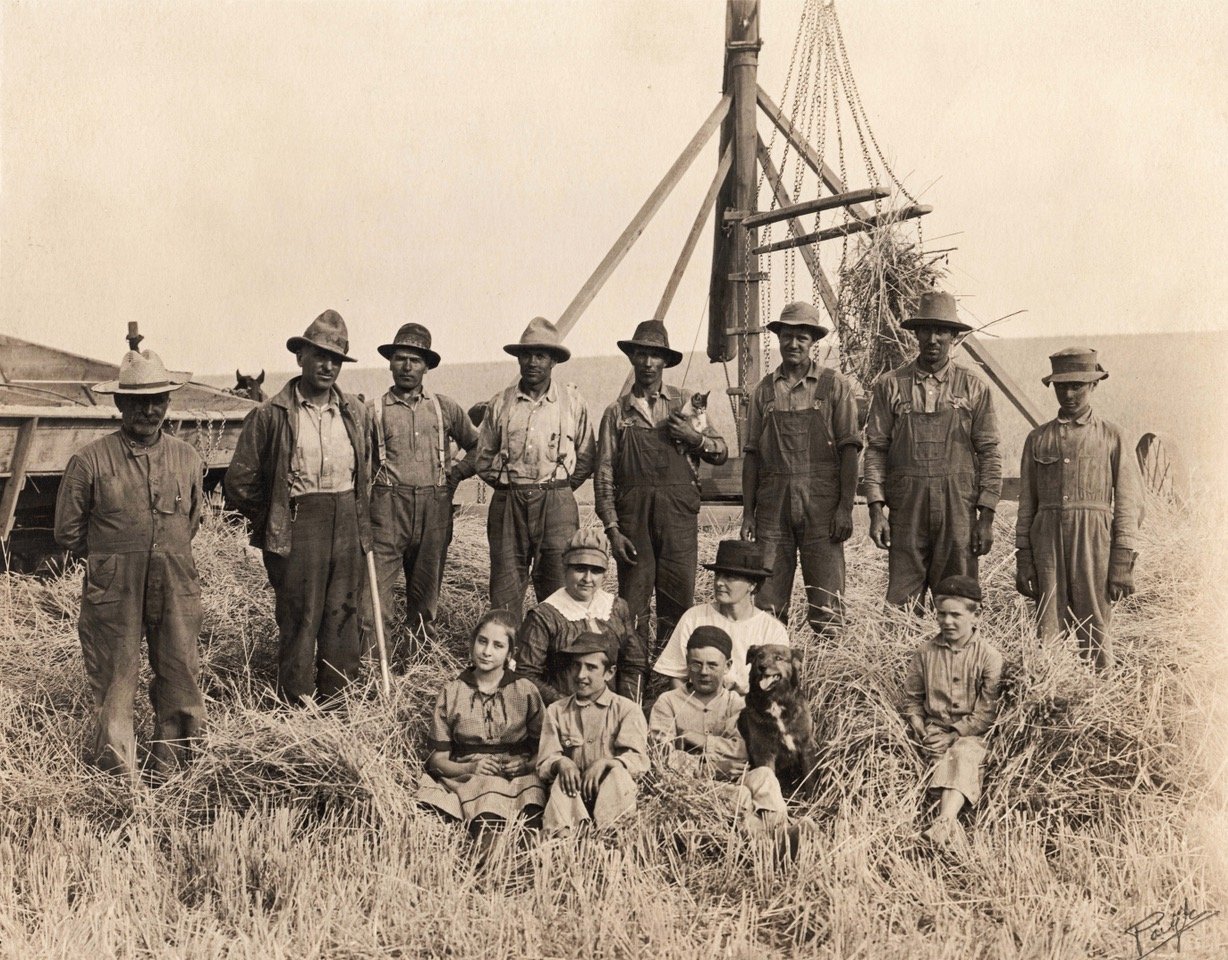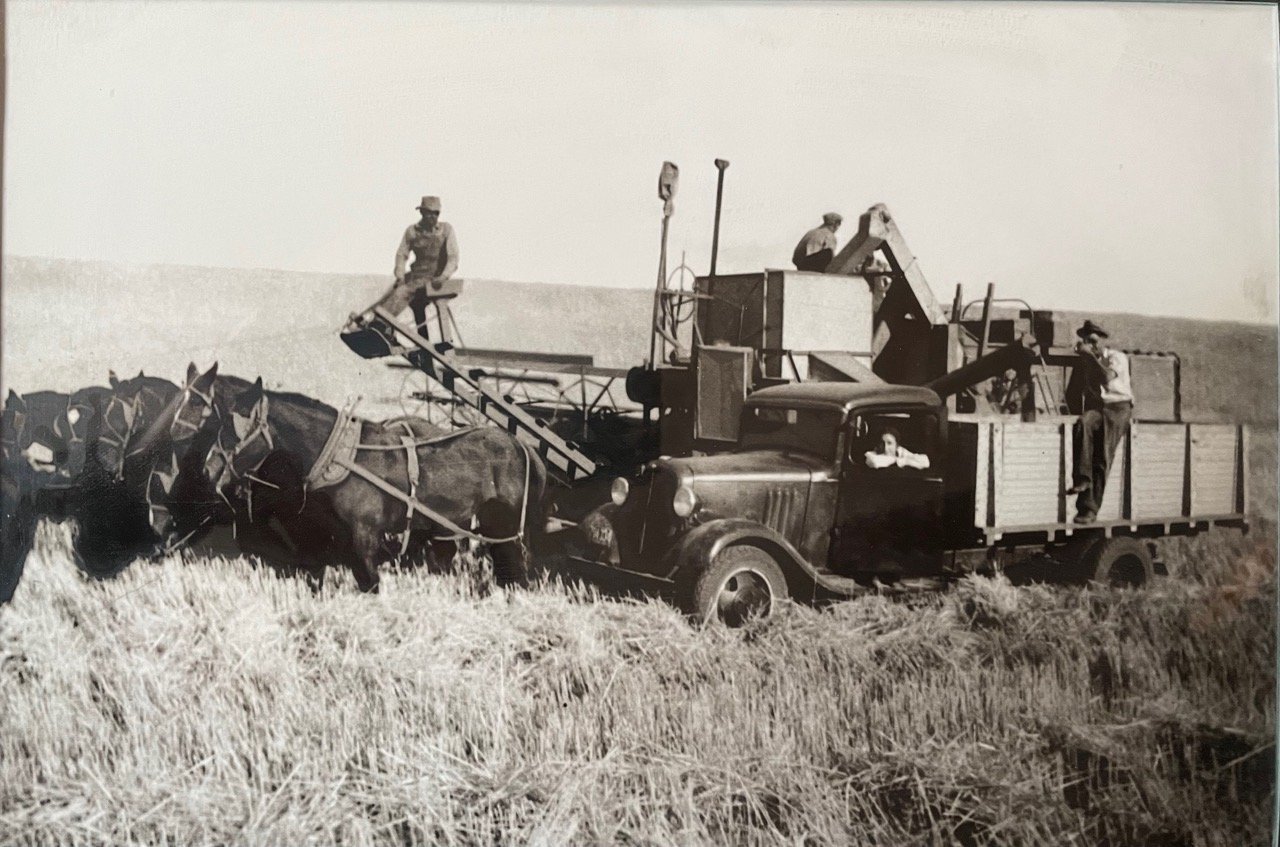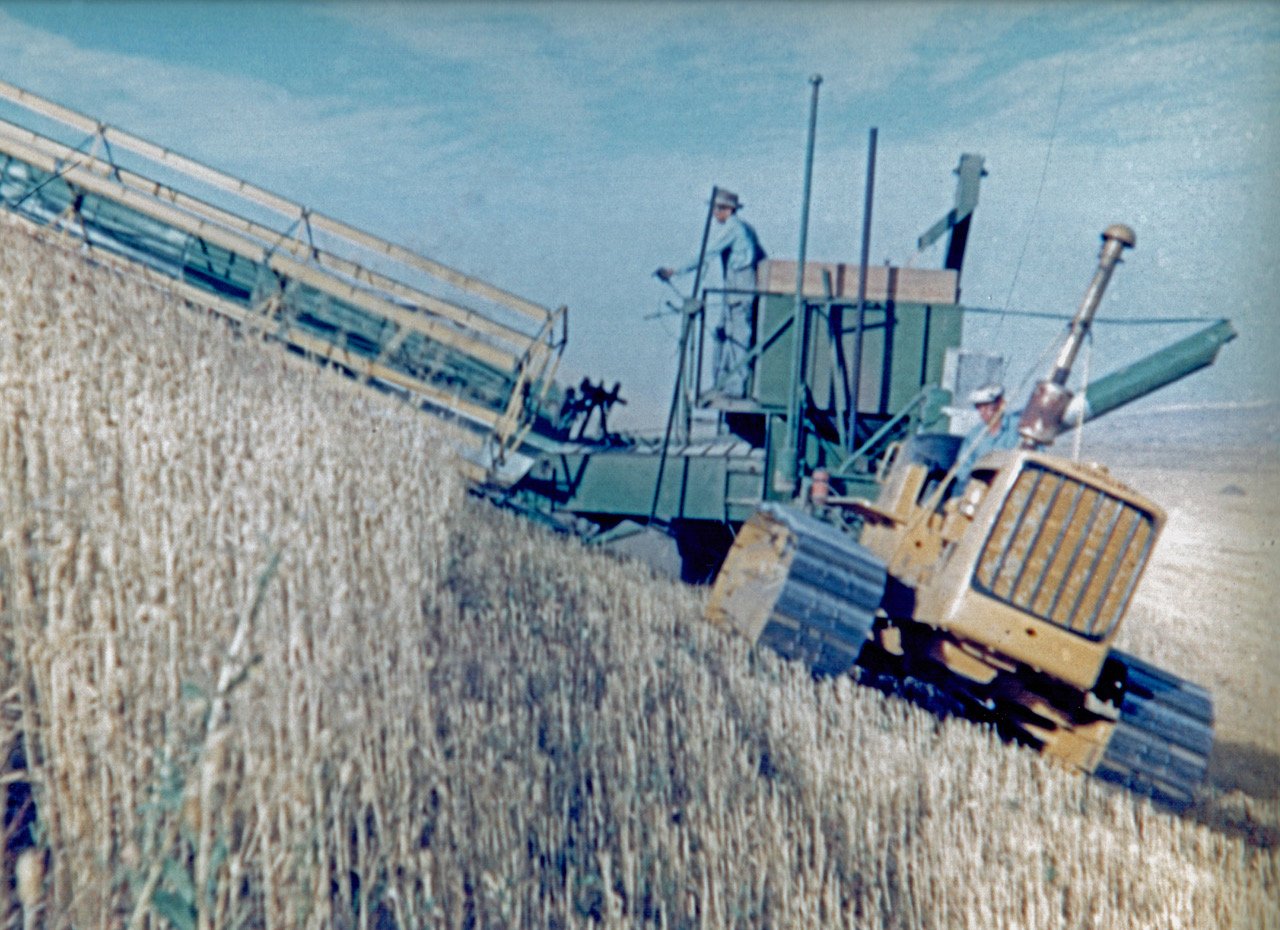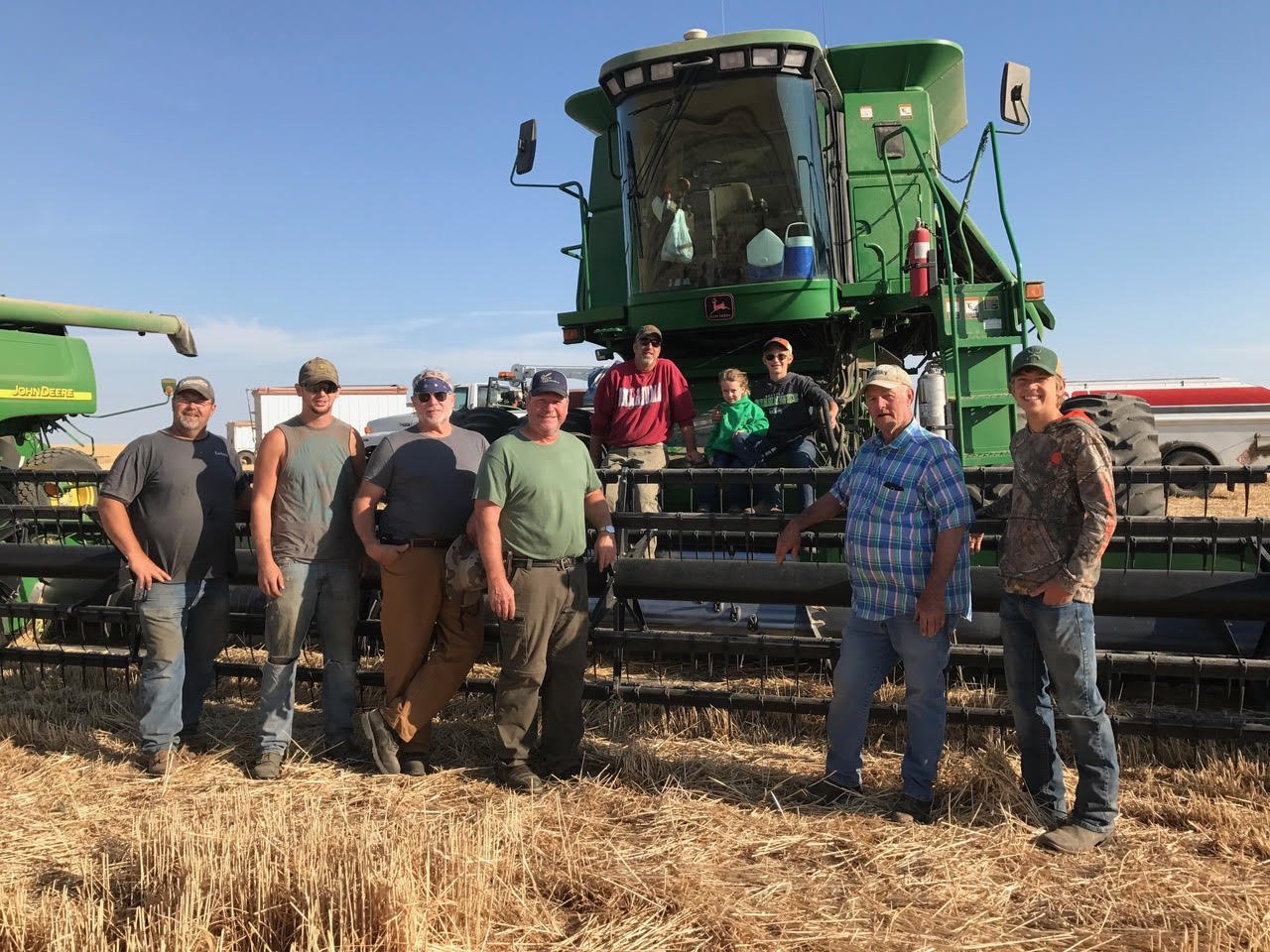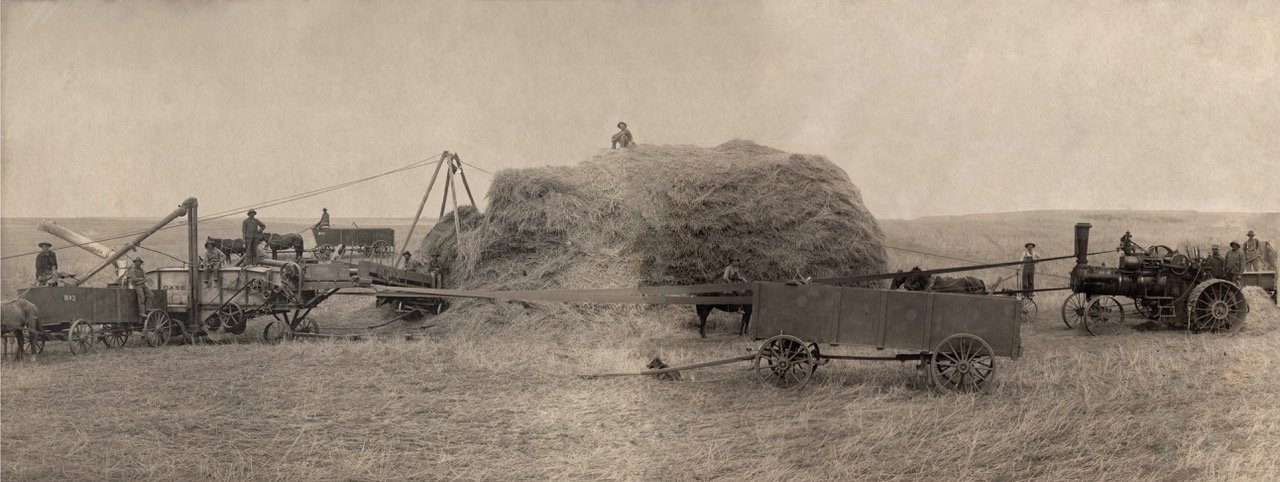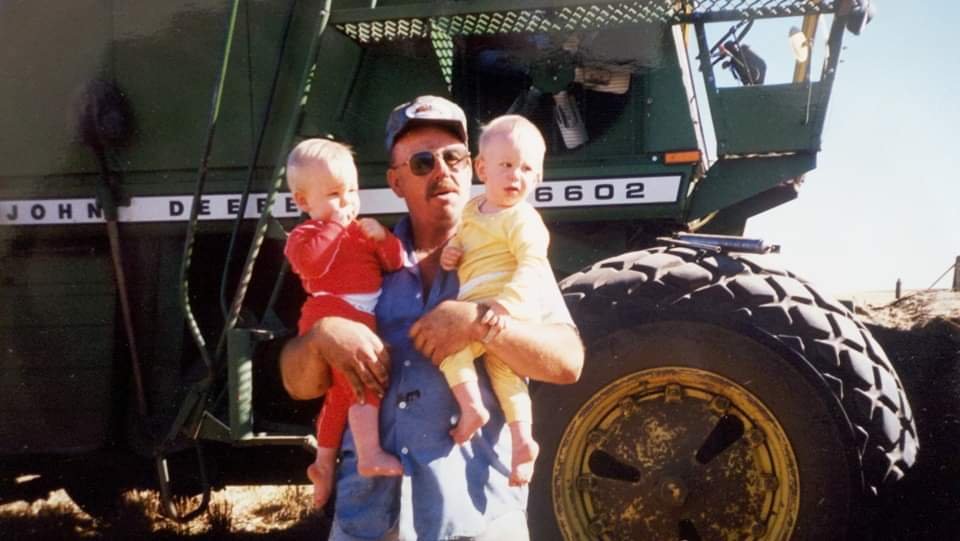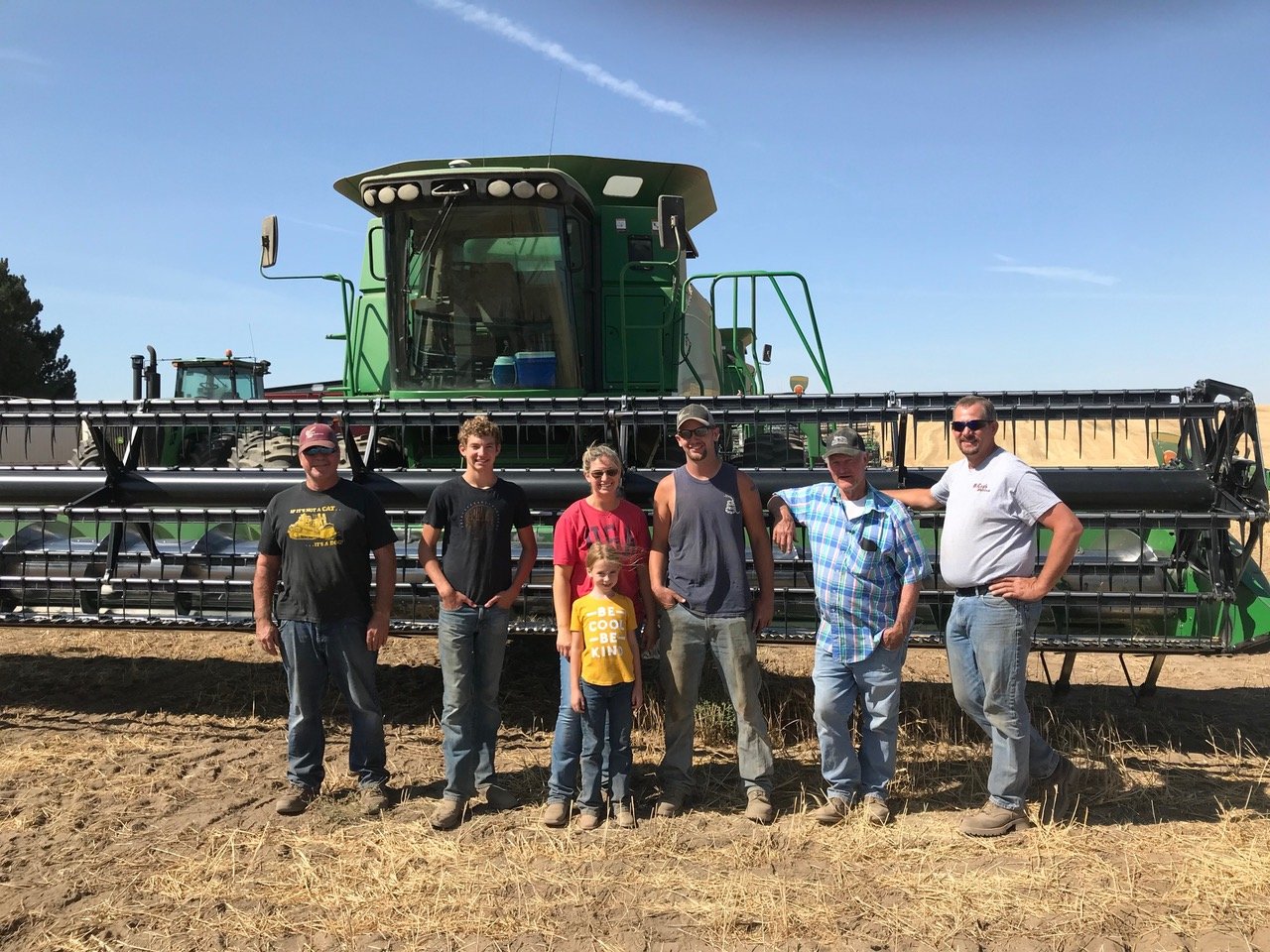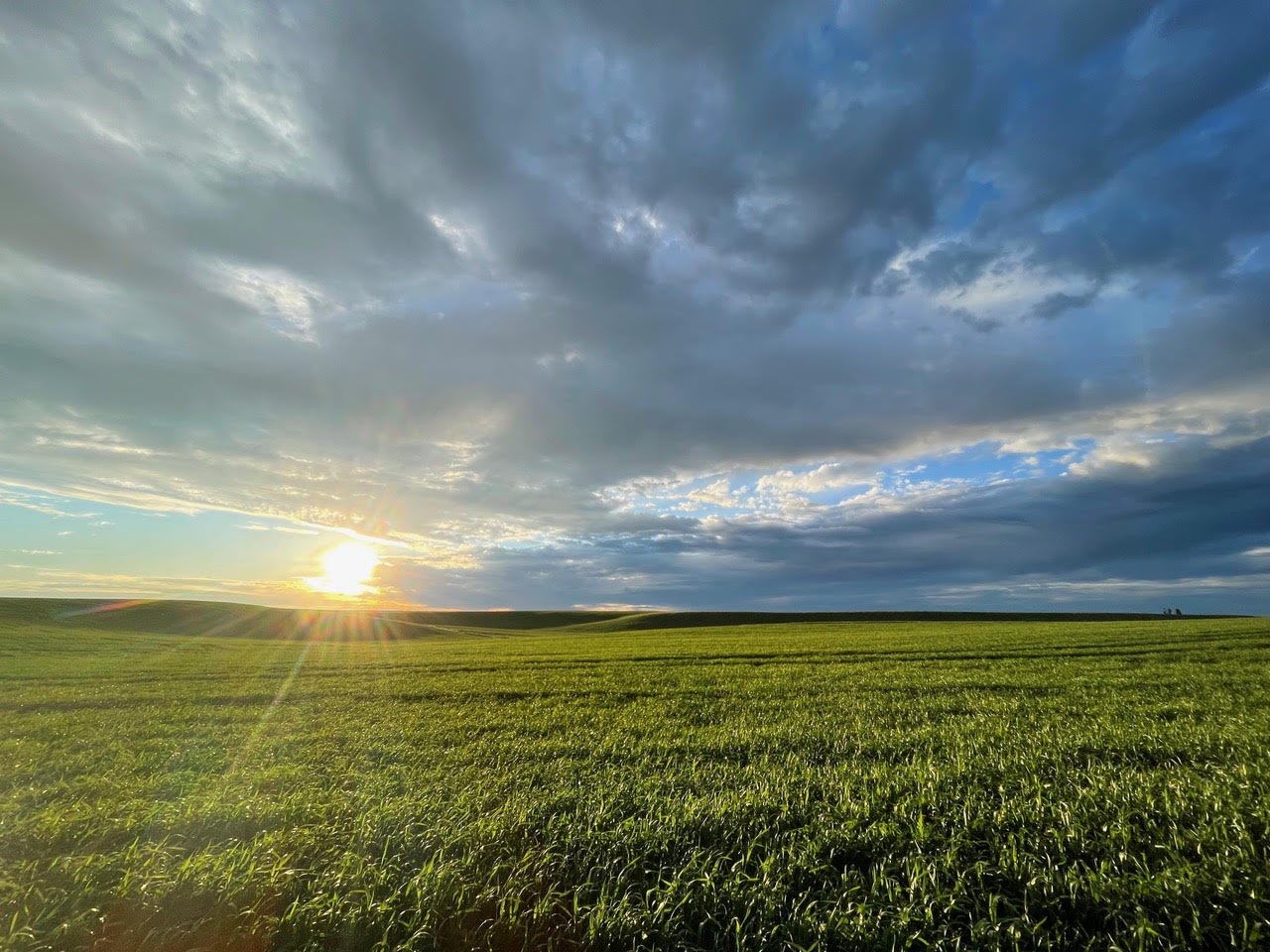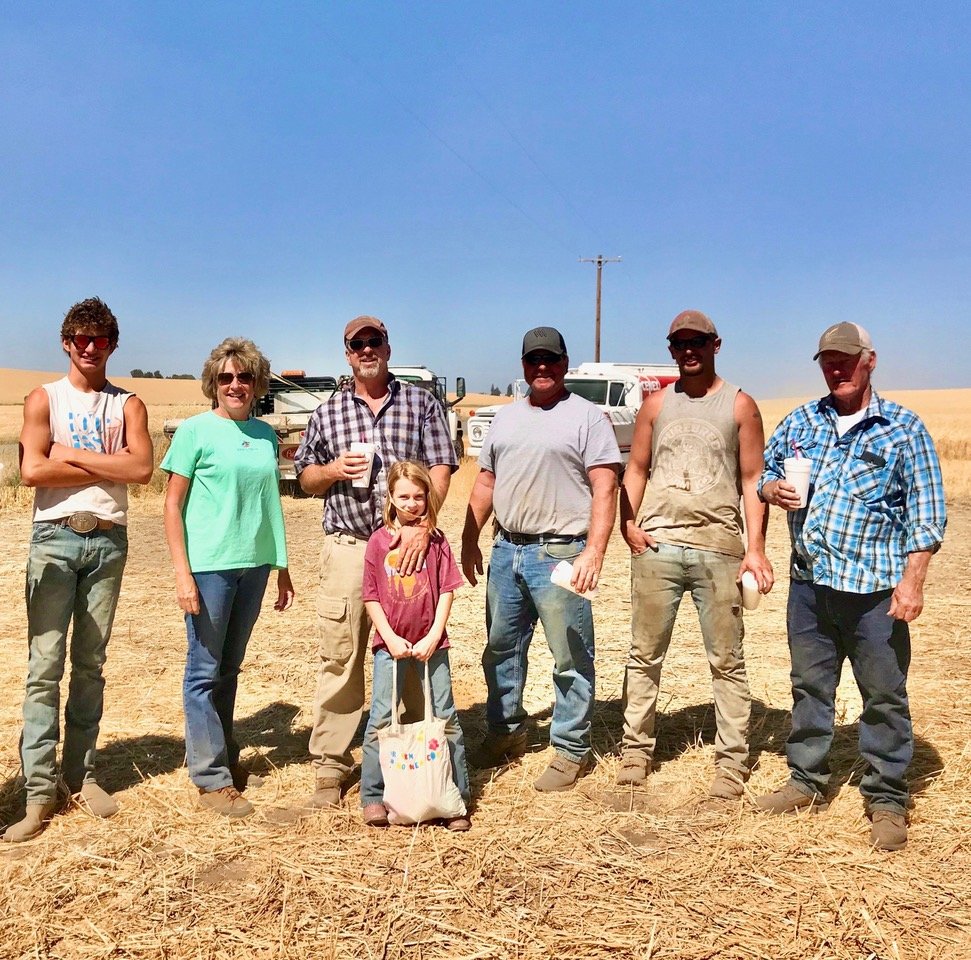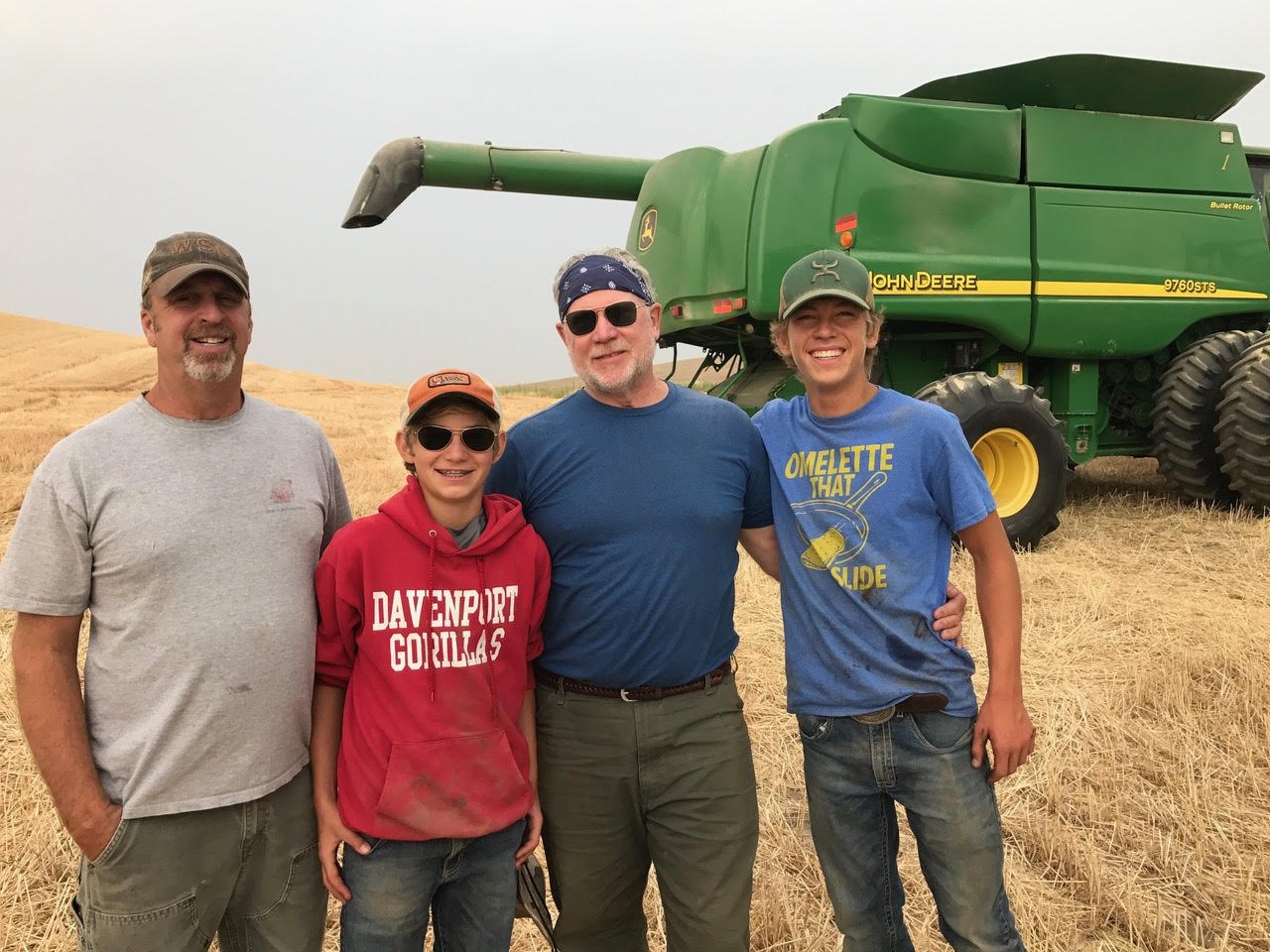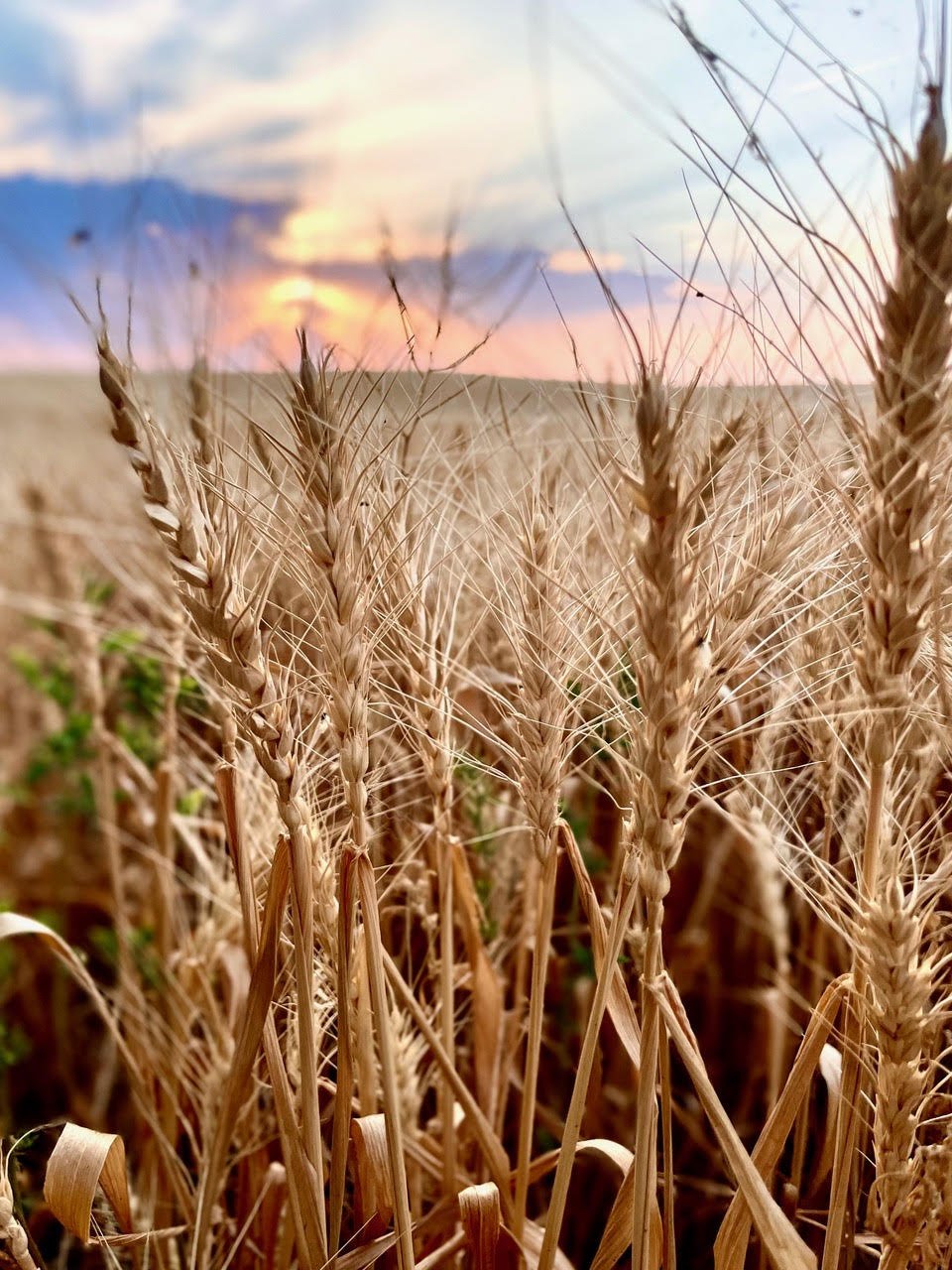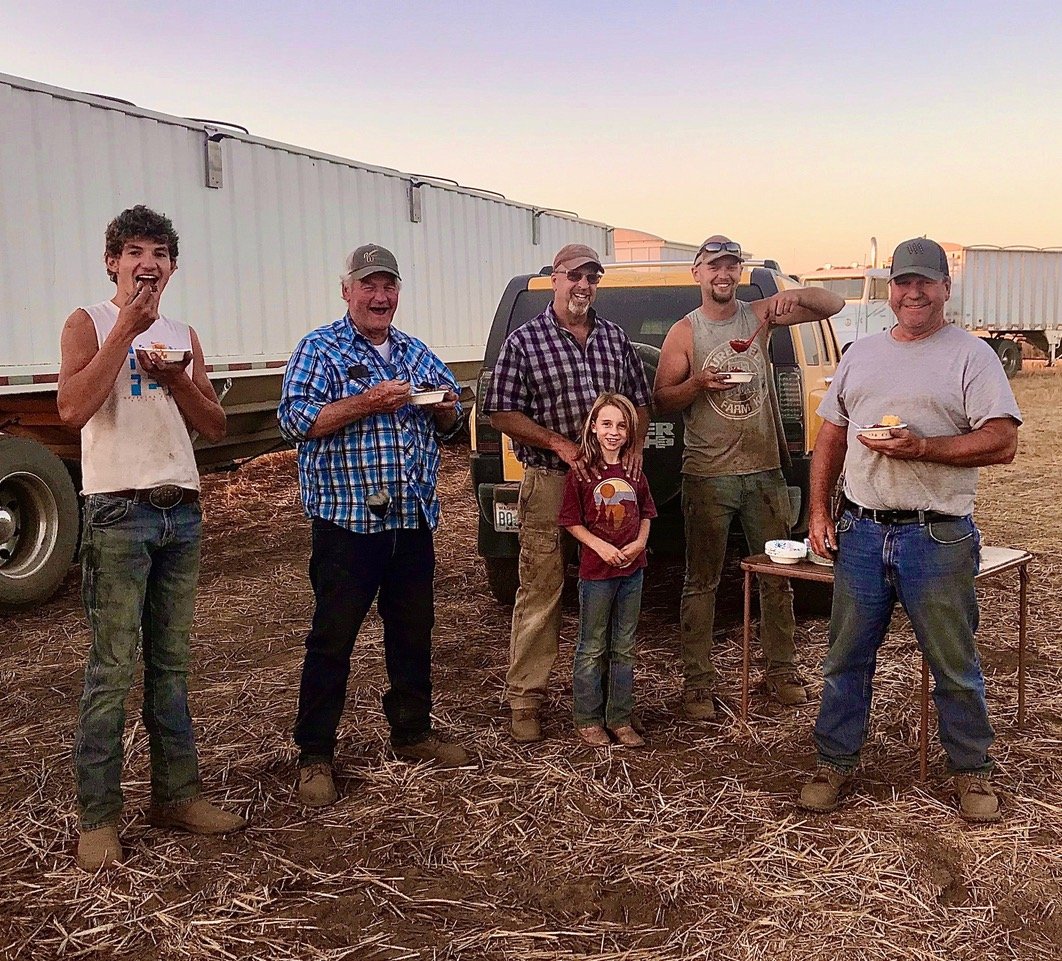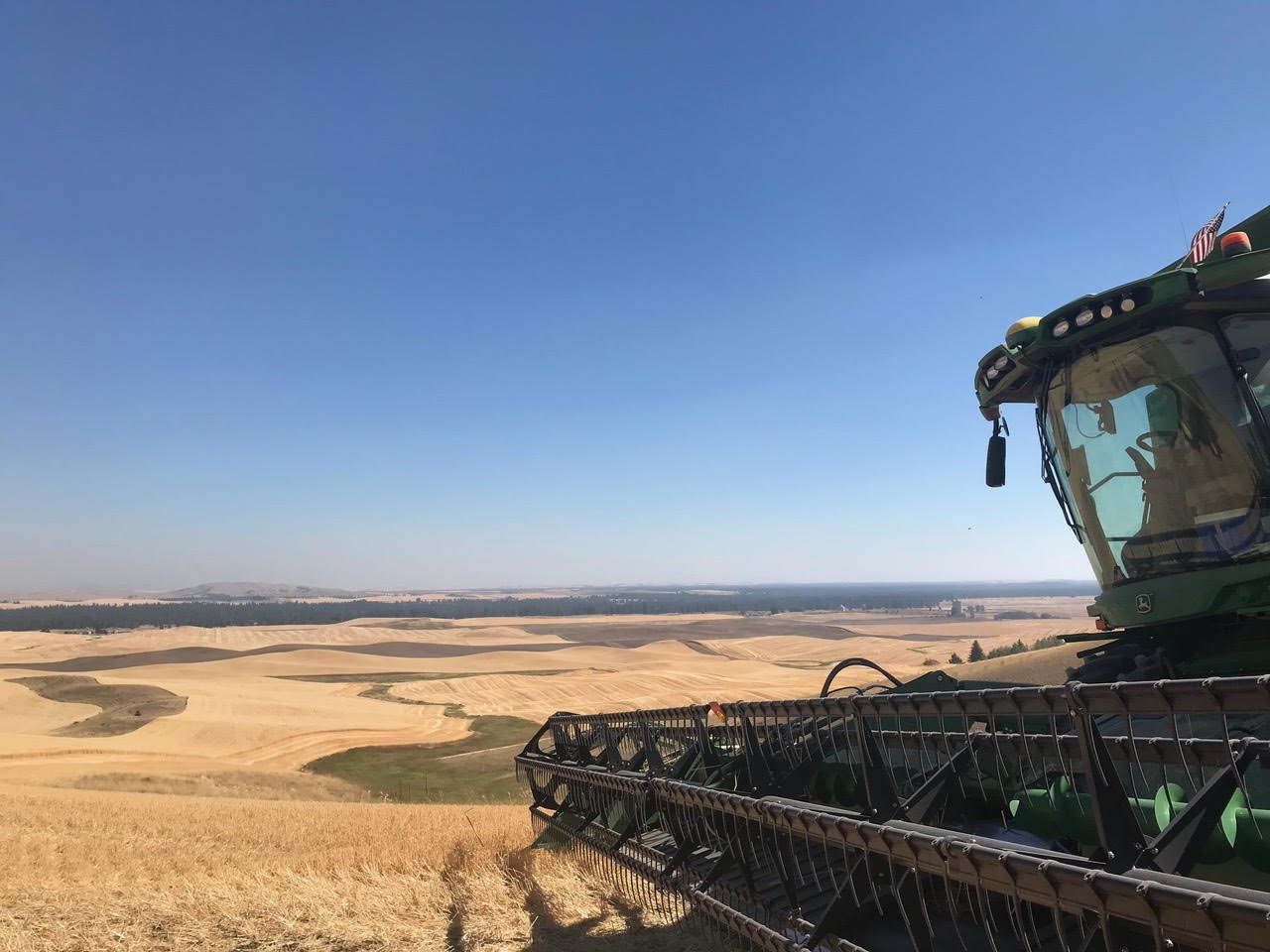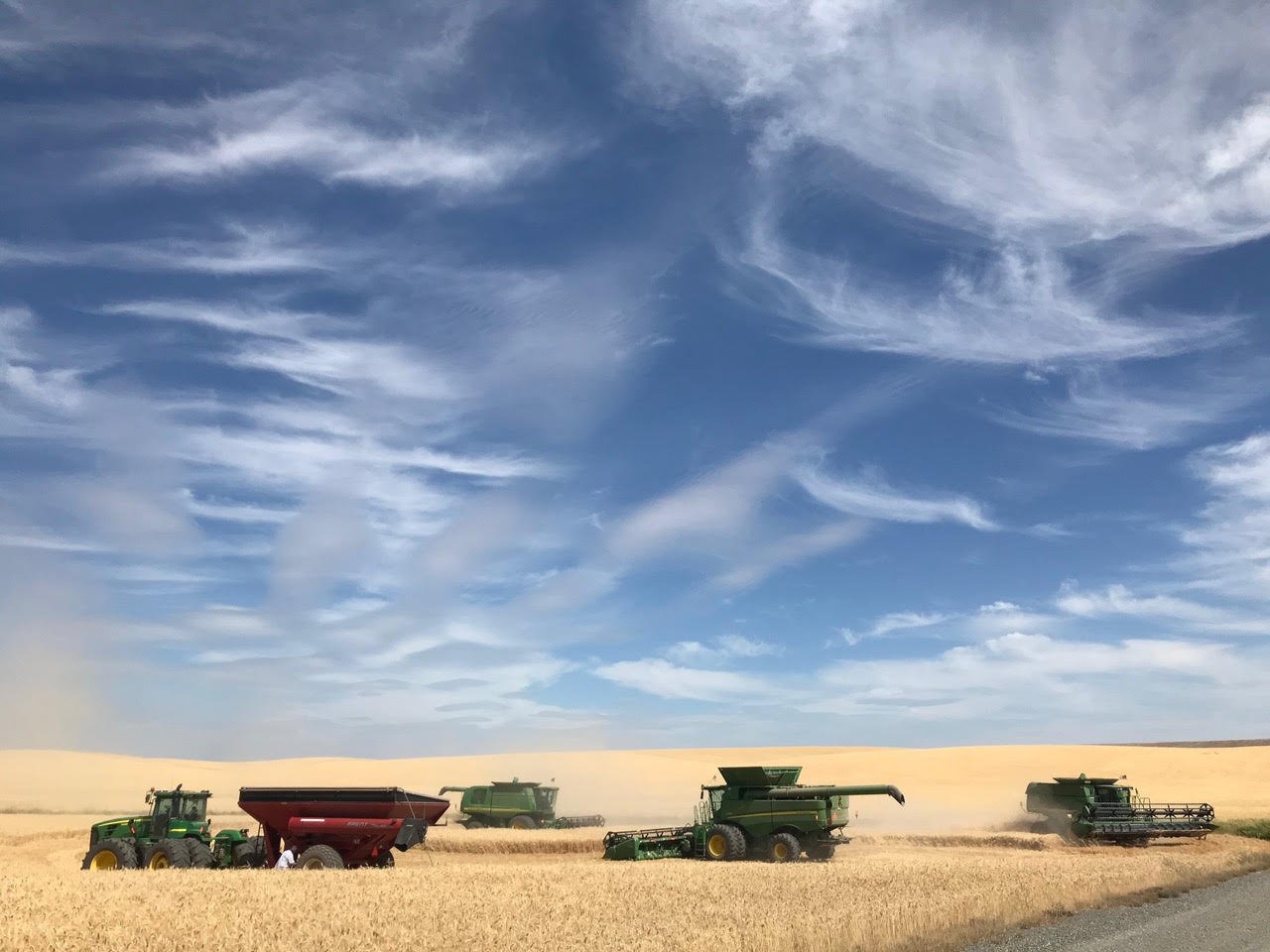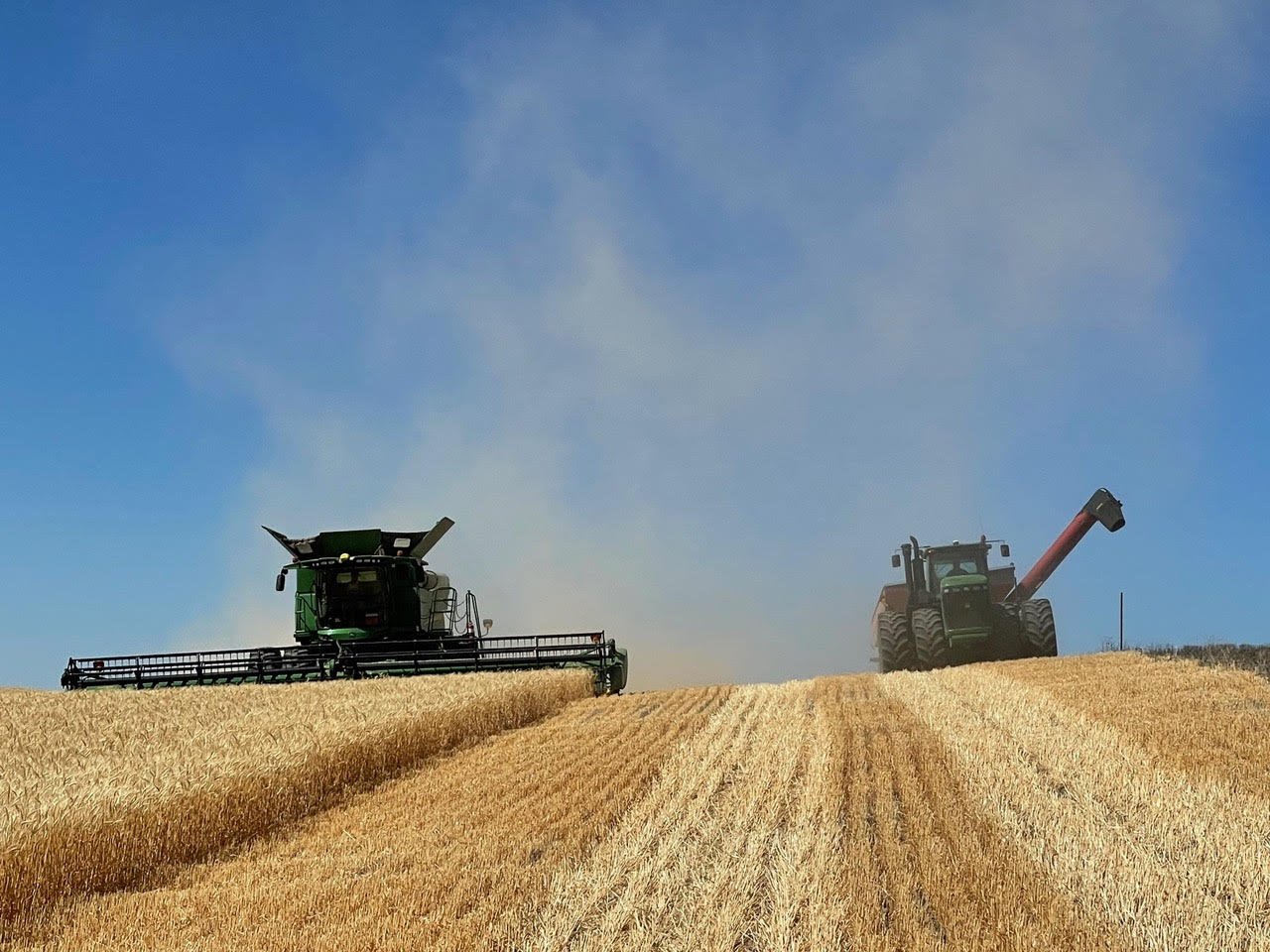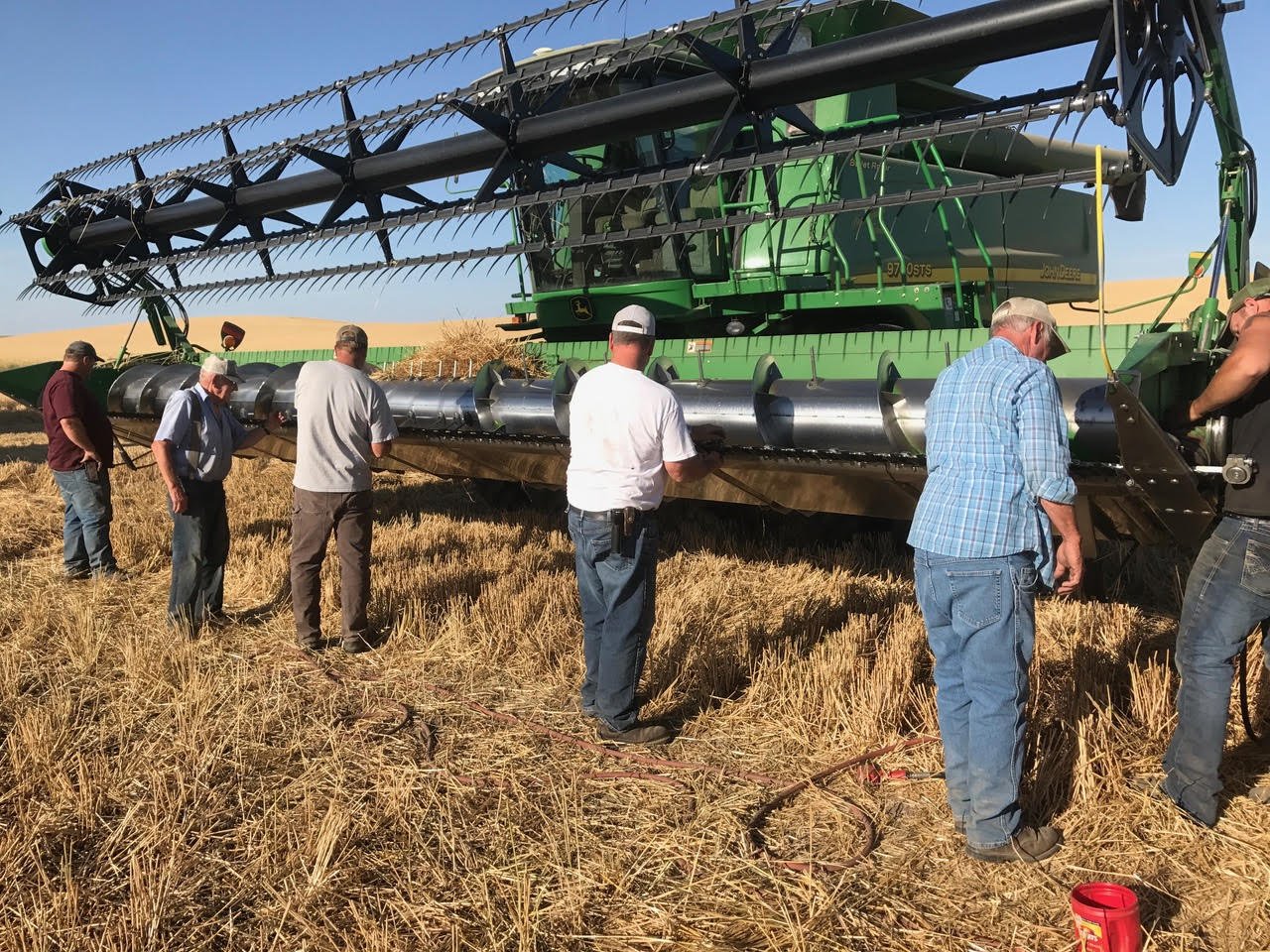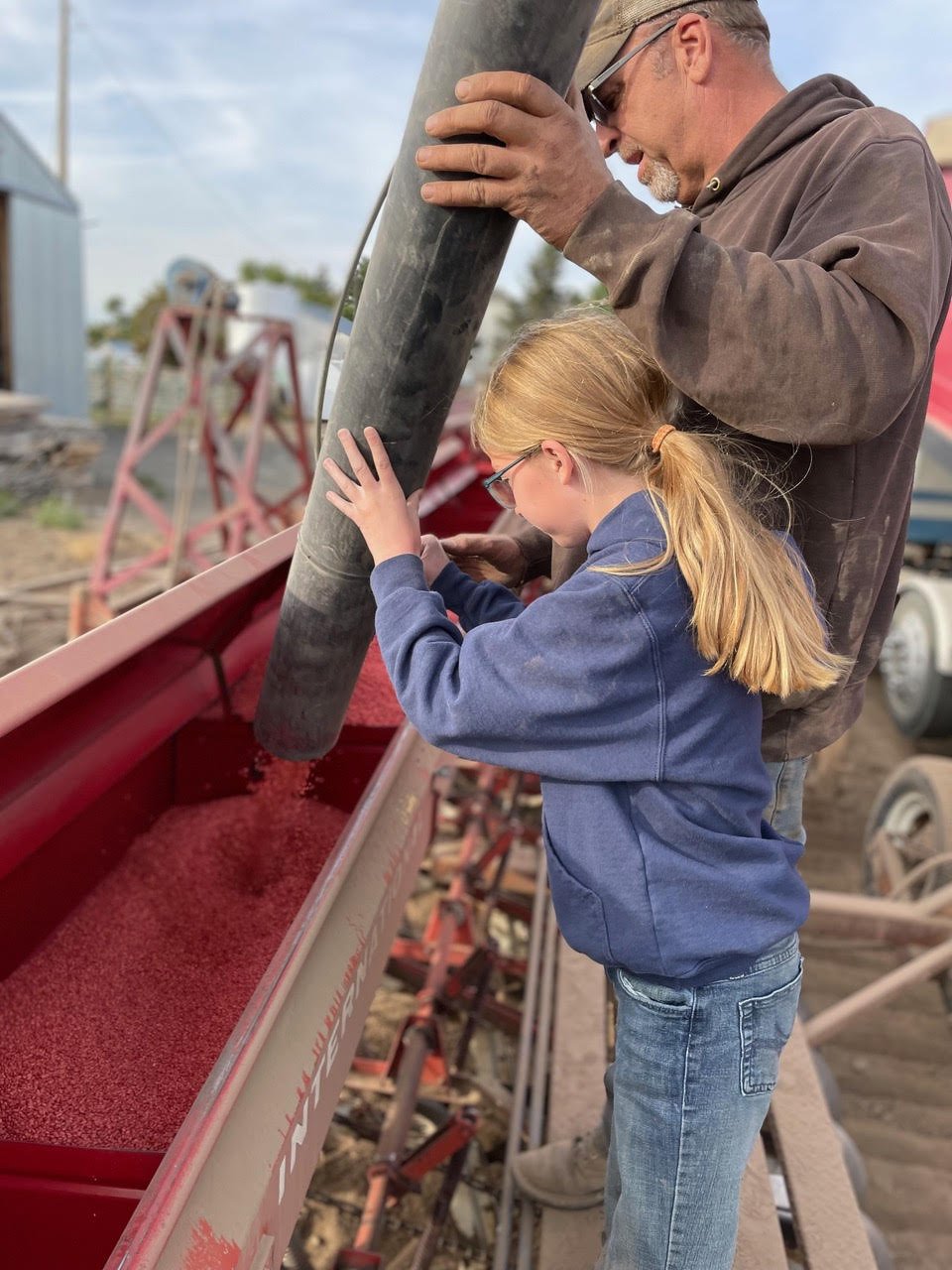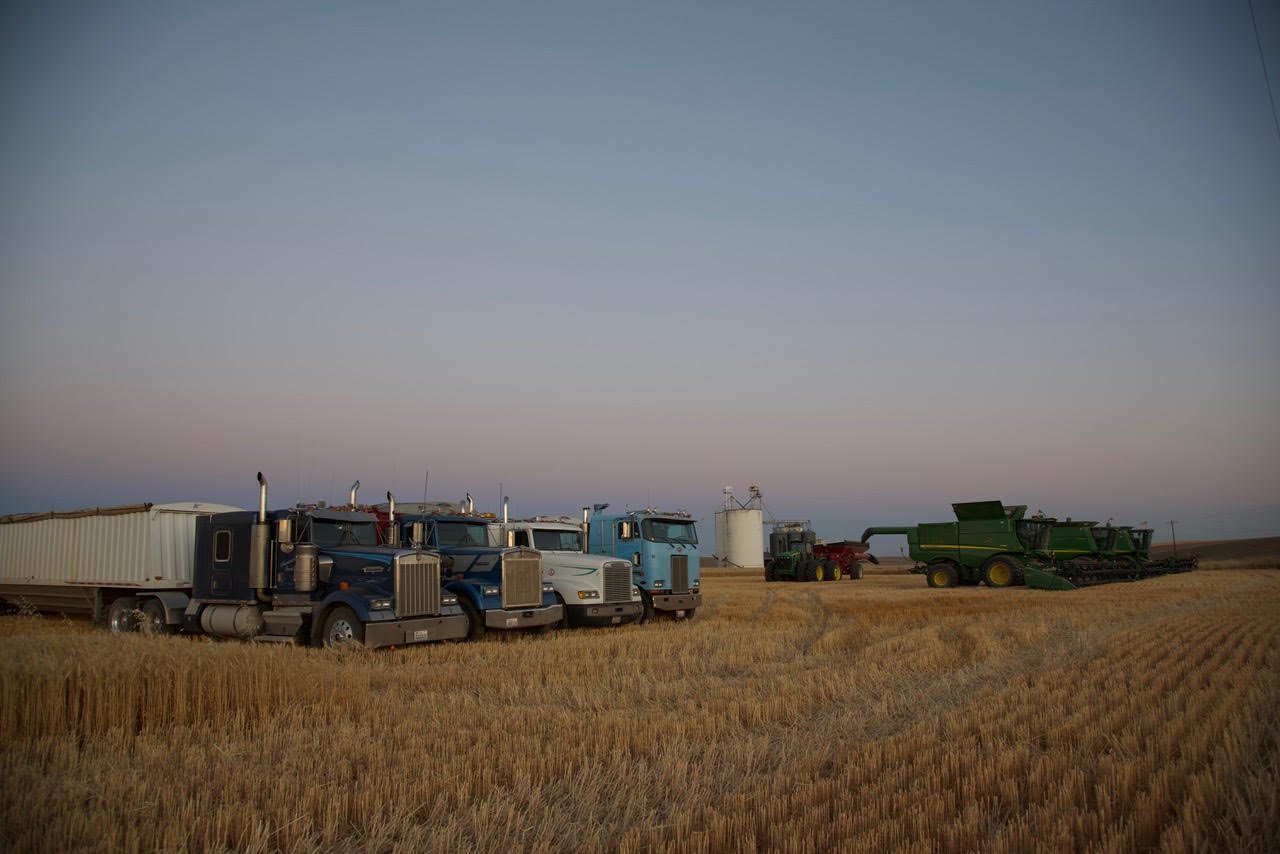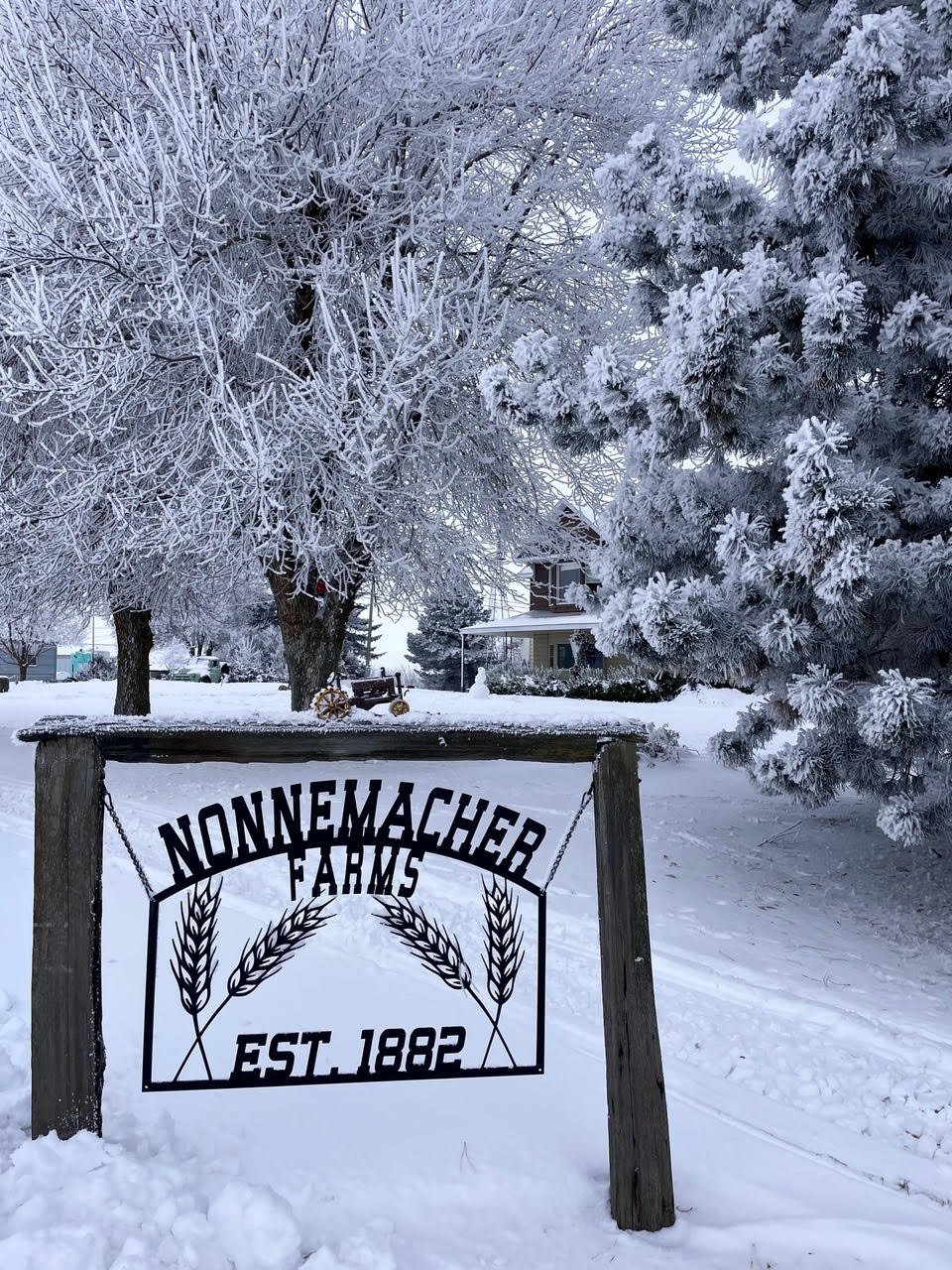Nonnemacher Farms
Nonnemacher Farms
Heldstab Farm House. Year unknown.
History:
The Florin family had come a long way from Switzerland to Minnesota before finally settling in Washington. In 1882, Lorenz Florin, at the age of 61, and his son David, 31, homesteaded adjacent quarter sections of land in the Washington Territory. They built a house and barn and began farming 320 acres with wheat as their original crop. Lorenz and his wife Mary had three children, and the farm eventually passed on to their daughter Mary in 1904, who would become the first of many daughters in the family to inherit the farm. Throughout the years, the farm has been passed down from generation to generation.
The Florin Family’s Ranch. Year unknown.
Work Crew. Year unknown.
Work crew. Year unknown.
Casper Heldstab (1906-1980)
Year unknown.
A combine parked on a harvested wheat field.
Harvest on the Nonnemacher farm.
Wheat threshing. Year unknown.
Today:
Today, Casey and Trea Nonnemacher operate the 5,000 acre farm, with their 5 kids, 3 of whom are interested in agriculture. As the Nonnemacher family farm looks to the future, they hope to see their 10-year-old daughter, along with her older brothers, take over the operation. The name of the farm may have changed over the years, but the family's values and traditions have endured, ensuring the future of their family legacy.
Despite the hard work and uncertainty that comes with farming (things like weather, market conditions, and increasing input costs), the family loves being connected to the land and carrying on the legacy of their past generations. They value their work ethic and wish that people knew that farmers are the biggest stewards of their land and care deeply about preserving it for future generations.
Biggest Changes:
What started out as a farm only growing wheat has now expanded with the cultivation of new crops like barley, bluegrass, mustard and garbanzo beans.
As farming technology evolved, the Nonnemacher family farm also adopted GPS systems with variable rate and section control technology and variable rate fertilizing. Using these tools and technologies prevents overlap and decreases inputs, while increasing crop production. Section control technology allows them to monitor their harvest yields and create topographical maps, such as variable rate maps to help with future applications.



